Snarkitecture, the name that artist Daniel Arsham and designer Alex Mustonen have given their nearly 10-year-old design collaboration, cuts two ways. On the one hand, it references the fictional creature in Lewis Carroll’s nonsense poem “The Hunting of the Snark”; on the other, it invokes the arch tone of Internet writing. Their work ranges from installations to interiors to objects—they recently designed a set of headphones and a stand for the Dr. Dre–founded, Apple-acquired Beats brand. “We’ve tried to define our practice as either things you can hold and use, or things you can inhabit,” says Arsham. But no matter the scale, the work, befitting their portmanteau moniker, has an aesthetic running through it that is playful but also coolly detached. The collaborations share a stark palette with Arsham’s artwork, for which he often casts outmoded consumer technologies and musical instruments in cultured marble (essentially a hardened composite of marble dust and a binding agent), producing strange, seemingly crumbling likenesses that have the look of extraterrestrial ruins. Snarkitecture used a similar approach in a 2013 installation, The White Room, a ghostly vignette of a car crash with keyboards spilling out of the trunk. In general, the work contains an otherworldly, slightly science-fiction element, saved from too much whimsy by its icy coloration and materials. Their interiors tend to be cavelike. An installation for the Design Miami/ fair in 2012, for example, turned vinyl tubes into stalactites, while a 2010 pop-up for fashion designer Richard Chai looked like a scooped-out geological confection. (The duo has a history of working with fashion brands, and they have a new interior for street-wear retailer Kith opening this fall.) For their 2011 installation Dig, they filled New York’s Storefront for Art and Architecture with grayish EPS architectural foam, which Arsham and a small crew then tunneled through according to a path Mustonen based on the space’s distinctive openings, designed by Vito Acconci and Steven Holl in 1982. “It’s a play between what we think of as the precision of architecture and something that is excavated by hand—a loose or irrational dream space,” says Mustonen. “On the most basic level, we’re asking architecture to do things that it’s not supposed to do.”
Snarkitecture
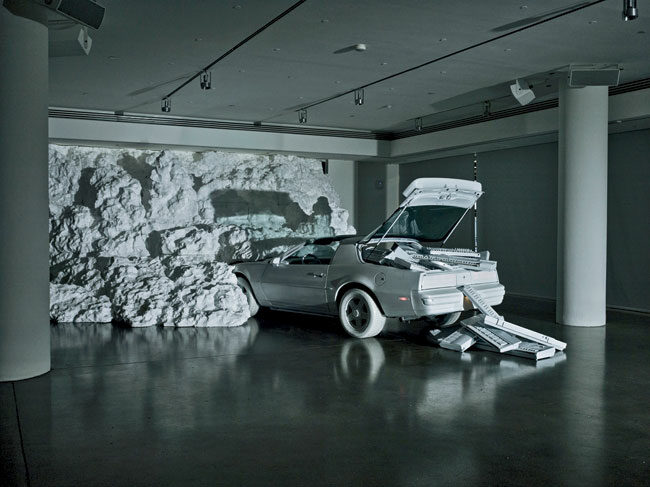
The White Room, 2013.
Photo courtesy Snarkitecture / Noah Kalina
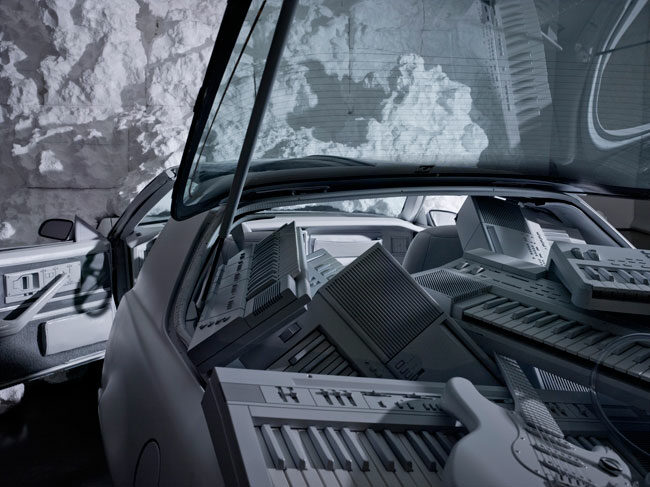
The White Room, 2013.
Photo courtesy Snarkitecture / Noah Kalina
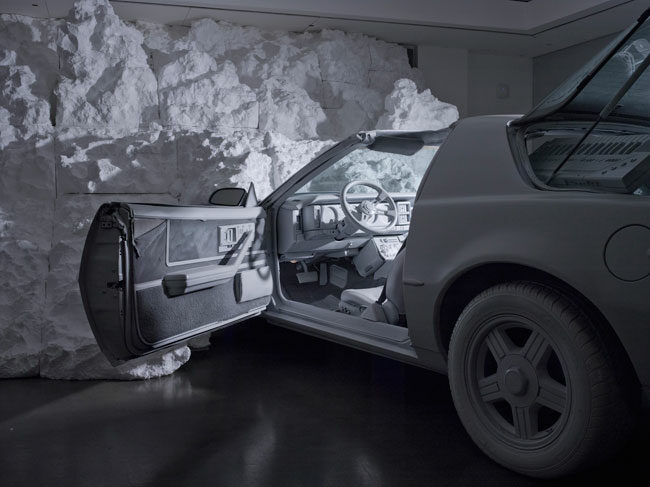
The White Room, 2013.
Photo courtesy Snarkitecture / Noah Kalina
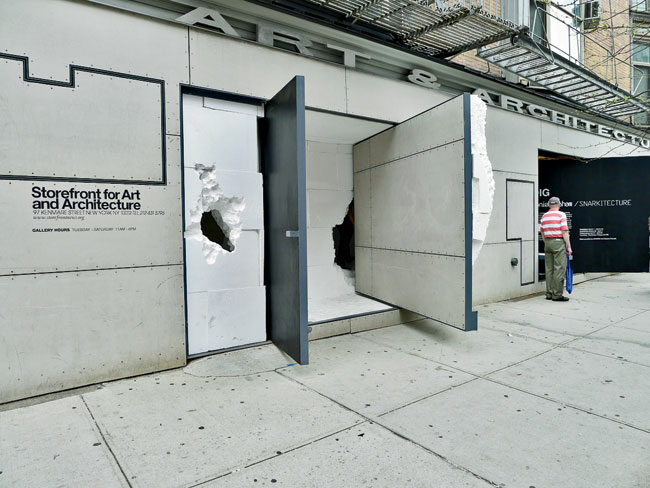
Installation view of Snarkitecture, Dig, 2011, at the Storefront for Art and Architecture in New York.
Photo courtesy Storefront for Art and Architecture
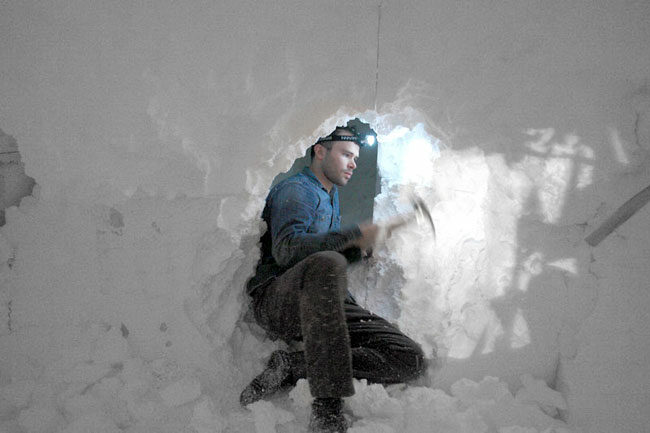
Installation view of Snarkitecture, Dig, 2011, at the Storefront for Art and Architecture in New York.
Photo courtesy Snarkitecture
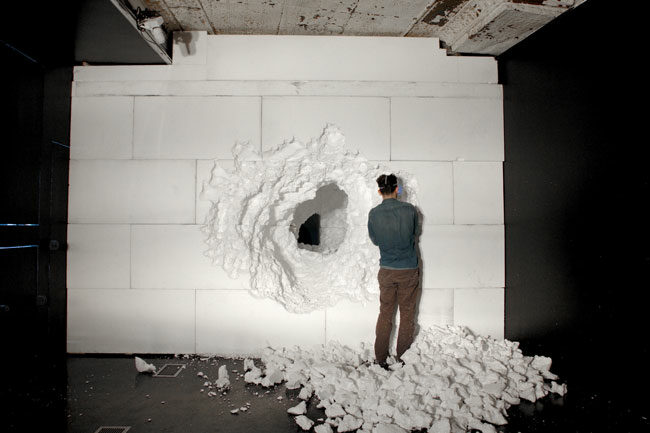
Installation view of Snarkitecture, Dig, 2011, at the Storefront for Art and Architecture in New York.
Photo courtesy Snarkitecture
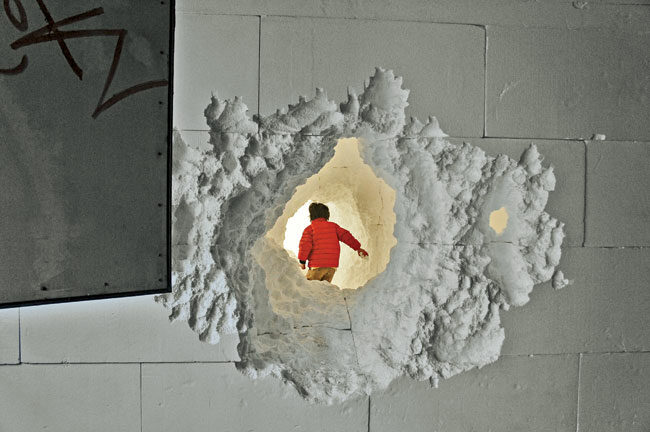
Installation view of Snarkitecture, Dig, 2011, at the Storefront for Art and Architecture in New York.
Photo courtesy Storefront for Art and Architecture
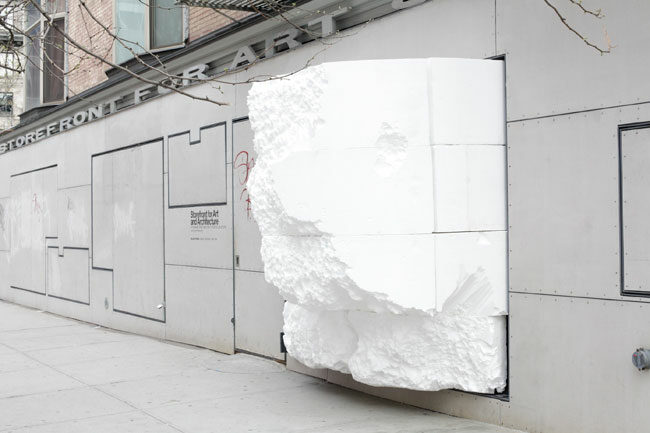
Installation view of Snarkitecture, Dig, 2011, at the Storefront for Art and Architecture in New York.
Photo courtesy Snarkitecture
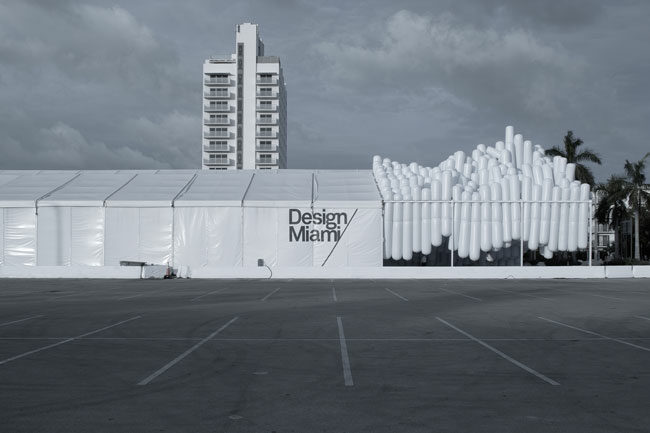
Installation view of Snarkitecture, Drift, 2012, at Design Miami.
Photo courtesy Snarkitecture / Markus Haugg
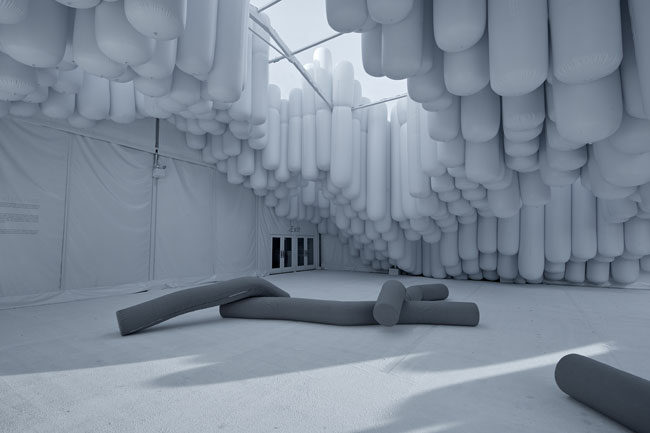
Installation view of Snarkitecture, Drift, 2012, at Design Miami.
Photo courtesy Snarkitecture / Markus Haugg
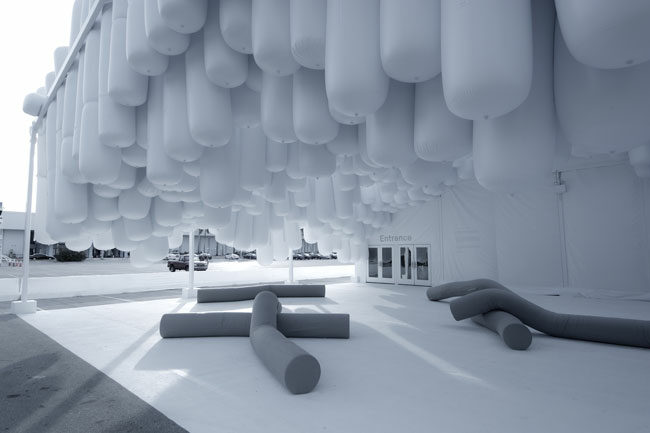
Installation view of Snarkitecture, Drift, 2012, at Design Miami.
Photo courtesy Snarkitecture / Markus Haugg
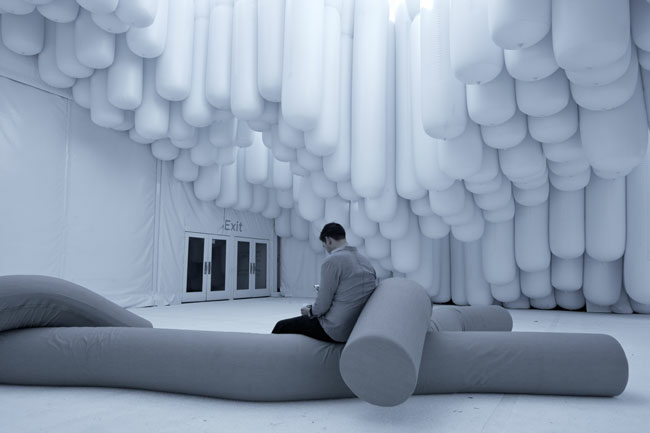
Installation view of Snarkitecture, Drift, 2012, at Design Miami.
Photo courtesy Snarkitecture / Markus Haugg
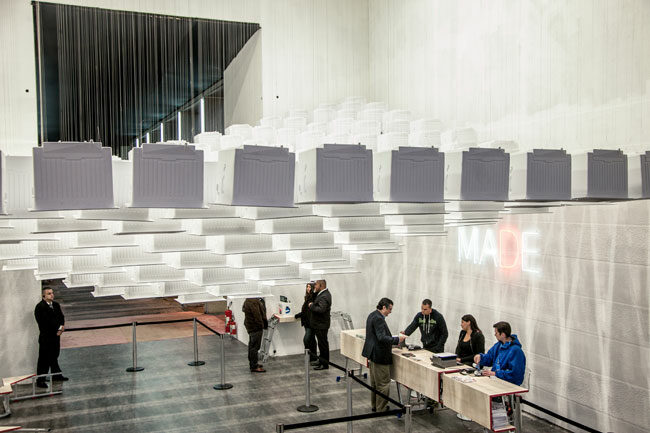
Installation for MADE in S'o Paulo, 2013.
Photo courtesy Snarkitecture
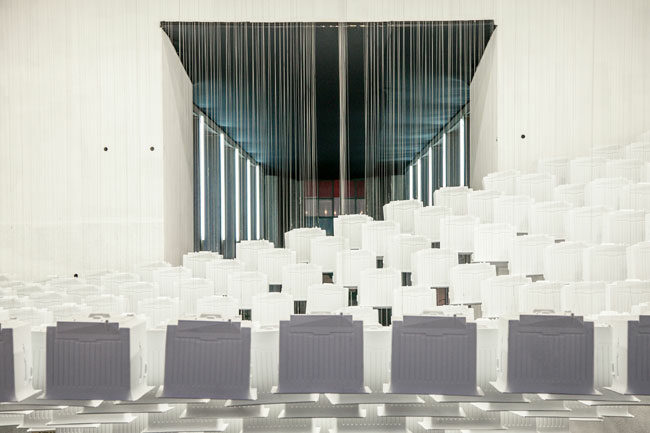
Installation for MADE in S'o Paulo, 2013.
Photo courtesy Snarkitecture
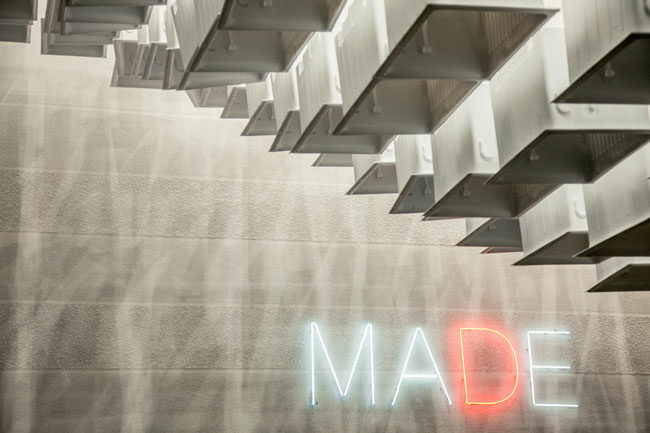
Installation for MADE in S'o Paulo, 2013.
Photo courtesy Snarkitecture
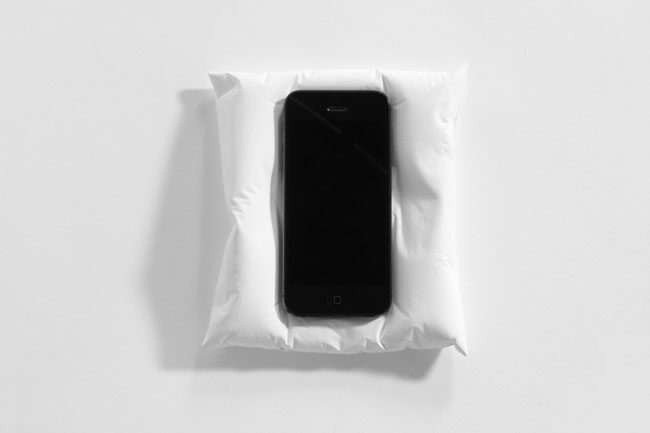
iPhone pillow made from cast white gypsum cement.
Photo courtesy Snarkitecture
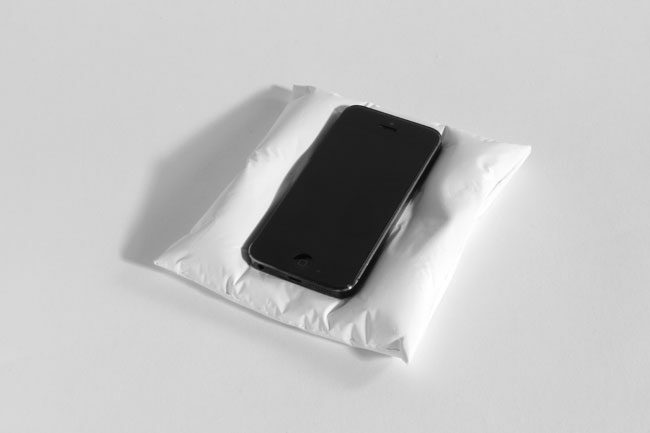
iPhone pillow made from cast white gypsum cement.
Photo courtesy Snarkitecture

iPhone pillow made from cast white gypsum cement.
Photo courtesy Snarkitecture


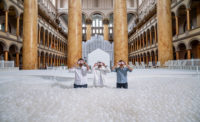
Post a comment to this article
Report Abusive Comment